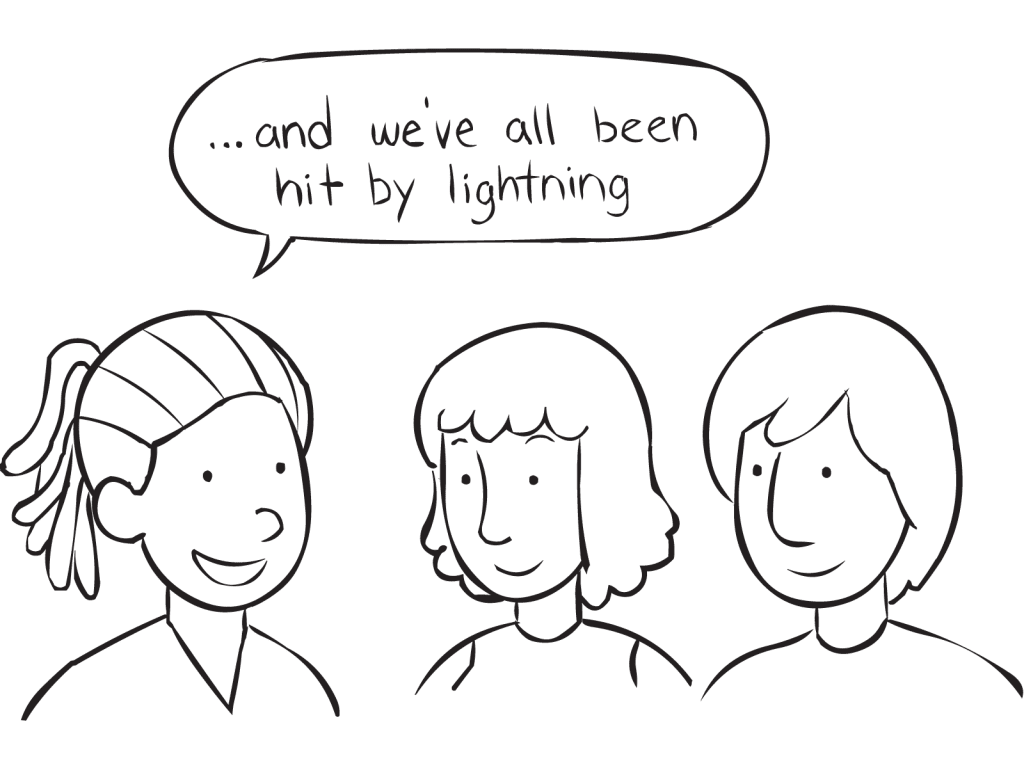Save to Playlist
Step-by-Step Instructions
Video Tutorial Premium
How To Play Narrative Premium
Practical Leadership Tips Premium
Social-Emotional Learning Premium
Health & Wellness Programming Premium
Popular Variations Premium
Virtual Adaptation Premium
You Might Also Like... Premium
Useful Framing Ideas Premium
Reflection Tips & Strategies Premium
Program Templates Premium
Source Premium

No Props No Problem
Brand NEW book featuring 150+ outrageously fun group games & activities. Scan QR codes to connect to tons of digital content including video tutorials.
Add to Cart
NEW – No Props No Problem
The best-selling book featuring 150+ outrageously fun group games & activities. Scan QR codes to access exclusive digital content including video tutorials.

Free Ice-Breakers & Group Games
Ten of the best no-prop, interactive ‘get-to-know-you’ games & activities. 100% fun, your group will love ’em. Our most successful giveaway, 10,000+ downloads so far…
Top Ten Icebreakers & Group Games
Download our free 28-page ebook jam-packed with outrageously fun activity ideas.
Just one more question:
I am interested in…
Choose a plan that’s right for you
We offer a range of membership plans with no surprises.
Click an option below & discover our simple pricing.

Individual
Click here if you’re a:
- Teacher
- Corporate trainer
- Outdoor educator
- Camp leader
- Youth leader
- Conference organiser
- Therapist/counsellor
Membership Plans

Enterprise
Click here if you represent a:
- School
- Corporation
- Community-based Organisation
Explore plans for
10, 50, 200 or more
potential users
Membership Plans






Nice variation on Two Truths and a Lie for those who know it or known in the Variation section as Individual Challenge.
Love the group aspect and the sharing the takes place before the game even begins.
I wonder if it would be possible to run the activity with the groups facing away from the speaker, so all the clues are given without seeing the speaker. In that way, the resulting decision might be different as the groups guessing would not be able to use any visual clues aspects from the speaker before guessing. The group would guess.. and then the group would get to see the speaker repeat their answers and see if their answer would change based on what they now observed. That could be challenging and if the answers do change, it could be a great demonstration of how much we rely on visual clues as part of our communication.
David, I think you could certainly lead the activity as you suggest – with people facing away from the group – but I’d personally be concerned about losing the vision of their possible reactions. For me, one of the joys of this game is to witness how well the individuals can hold their ‘poker-face.’